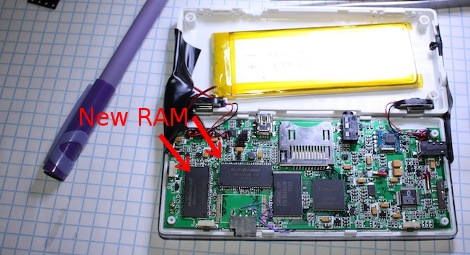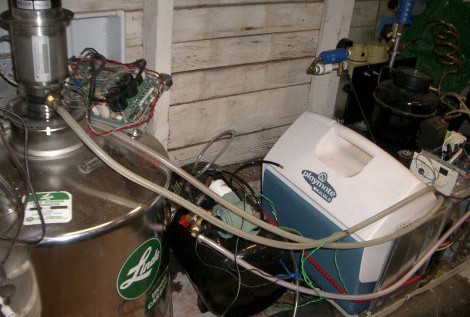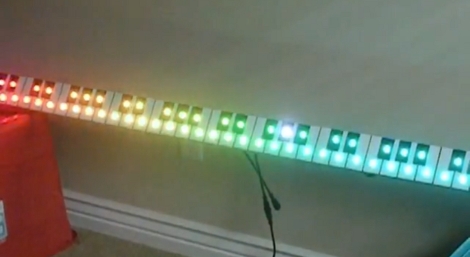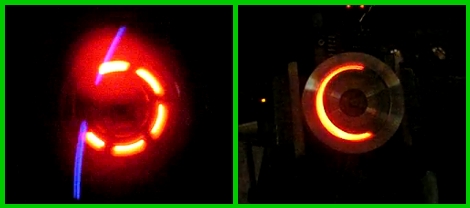[Stephanie] beefed up the hardware on her Dingoo A320. She enjoyed the features that the A320 handheld gaming system offered, but wanted the 64mb of RAM available in its bigger brother, the A330. A comparison of the two led her to believe a swap might be possible and after sourcing a pair of replacement chips for $12.50 she took the plunge. Once the solder had cooled it was just a matter of flashing some different firmware to take advantage of the upgrade.
[Thanks Juan via Dingoonity]















